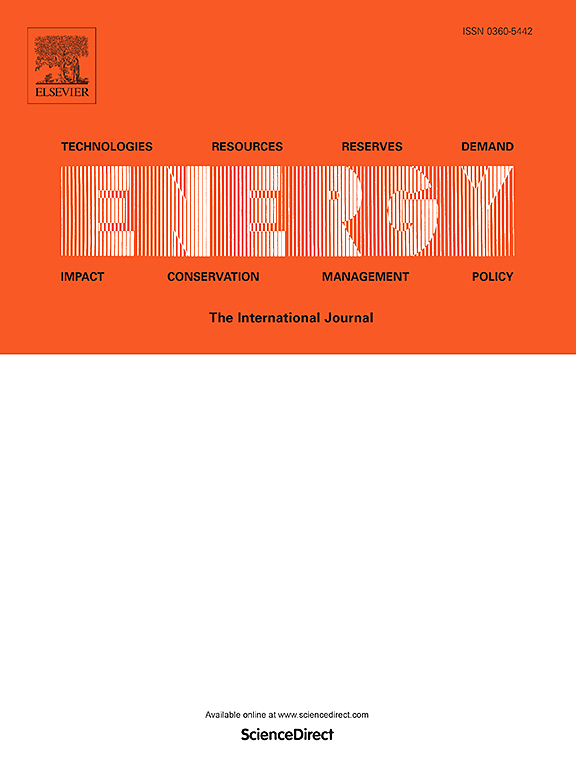Spontaneous coal combustion temperature prediction based on an improved grey wolf optimizer-gated recurrent unit model
IF 9
1区 工程技术
Q1 ENERGY & FUELS
引用次数: 0
Abstract
Predicting the spontaneous combustion temperature of coal is crucial for early warning systems, as it is significantly influenced by changes in temperature and gas concentration. Based on programmed temperature rise experimental data from the Dongtan coal mine, Spearman’s rank correlation coefficient analysis and coal oxidation pyrolysis composite reaction identify six gas indicators closely related to coal temperature. An improved grey wolf optimizer (IGWO) is proposed and combined with a gated recurrent unit (GRU) model to predict spontaneous coal combustion temperature. Model improvements include enhancing global exploration capability using chaotic mapping, improving local search accuracy with a nonlinear convergence factor, and introducing an optimal memory retention strategy to optimize convergence speed and stability. The IGWO's capability and adaptability are verified by comparison with eight common heuristic optimization algorithms. The GRU model adopts a double-layered structure, with each layer containing 20 GRUs. To further improve prediction accuracy, three hyperparameters—number of hidden units, initial learning rate, and maximum number of training epochs—are optimized (85, 0.165451, and 66, respectively). The dataset is randomly split into a training and test set (7:3). The IGWO-GRU model is compared with 13 reference models and achieves an R2 of 0.9510, root mean square error of 16.0503, and maximum relative error of 0.06 on the test samples, significantly outperforming other models. Finally, the IGWO-GRU prediction model applies to a programmed temperature rise experiment for spontaneous coal combustion, demonstrating superior prediction accuracy and practical application potential.
求助全文
约1分钟内获得全文
求助全文
来源期刊

Energy
工程技术-能源与燃料
CiteScore
15.30
自引率
14.40%
发文量
0
审稿时长
14.2 weeks
期刊介绍:
Energy is a multidisciplinary, international journal that publishes research and analysis in the field of energy engineering. Our aim is to become a leading peer-reviewed platform and a trusted source of information for energy-related topics.
The journal covers a range of areas including mechanical engineering, thermal sciences, and energy analysis. We are particularly interested in research on energy modelling, prediction, integrated energy systems, planning, and management.
Additionally, we welcome papers on energy conservation, efficiency, biomass and bioenergy, renewable energy, electricity supply and demand, energy storage, buildings, and economic and policy issues. These topics should align with our broader multidisciplinary focus.
 求助内容:
求助内容: 应助结果提醒方式:
应助结果提醒方式:


